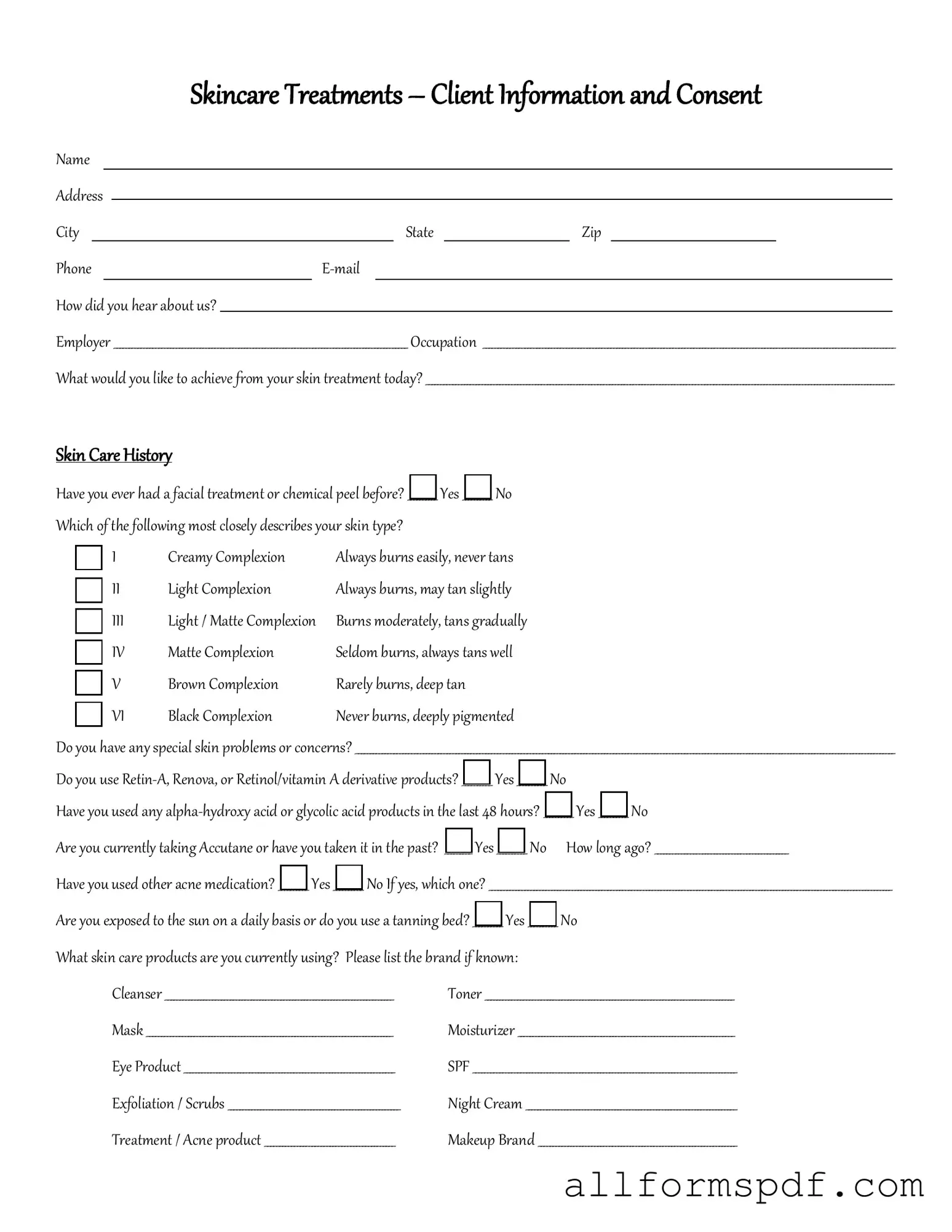Fill Out Your Facial Consent Form
The Facial Consent form is a document that clients sign to give permission for a facial treatment. This form outlines the procedures involved and any potential risks, ensuring that clients are informed before proceeding. Understanding this form is essential for both clients and practitioners to foster trust and transparency in skincare services.
Create My Facial Consent Now
